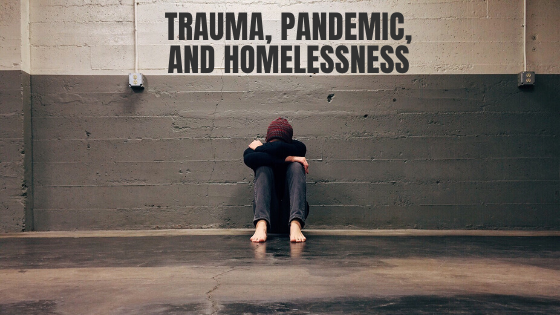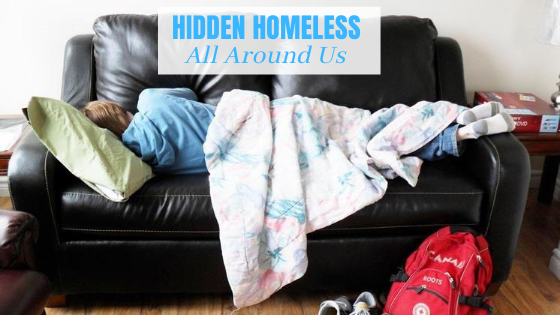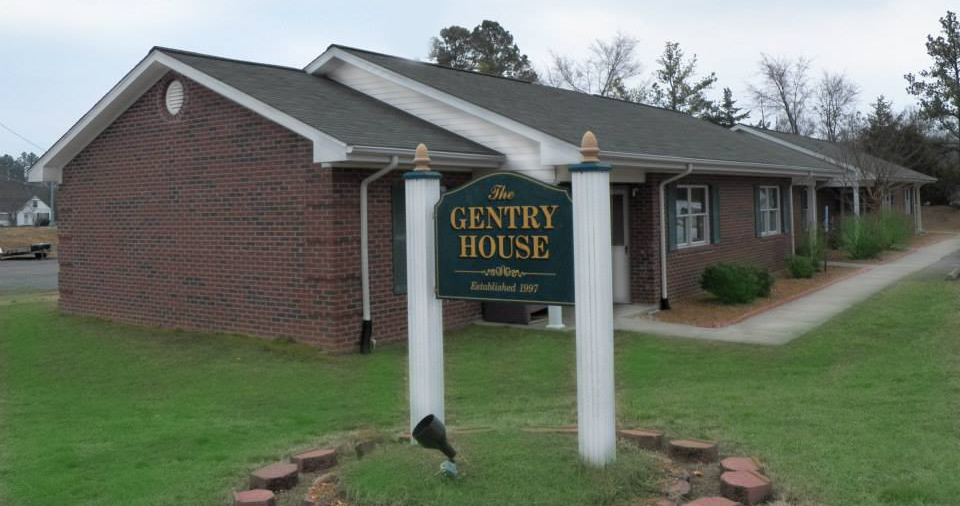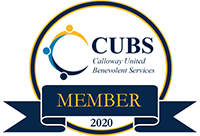“If a panhandler asks me for money, what should I do?”
This question is asked almost every time I give a talk about homelessness, or when people find out I work for HOPE Calloway. Here is my advice based upon my knowledge of homelessness and talking with panhandlers.
1. Give or don’t give. It is really your choice. But always look the person in the eye who is asking and say “Hi.” If you are not going to give then add, “Sorry I can’t help today.” If you are going to give add, “Hope this helps.” Either way, always treat the person with respect. They are human beings, made in the image of God.
2. If you do give to a panhandler, remember it is a gift, and the person is free to do with it whatever he or she wants to do. “Give to everyone who asks and don’t ask people to return what they have taken from you.” Luke 6:30 CEV
3. If you do not give that is okay too. Panhandlers know most people will not give. One said to me, “I expect to get turned down most of the time, and it doesn’t bother me. Just treat me with respect.” (See Tip #1 above).
4. If you feel unsafe or the person panhandling is being aggressive or threatening, leave the area and don’t give. As one panhandler said to me, “There are jerks in every line of life. Don’t reward them.” Contact local authorities if you are concerned that the person panhandling may be a danger to themselves or others.
5. Sometimes give more than you are being asked for. If someone asks for a dollar, give them five! Both you and the panhandler can share in the joy of that unexpected gift.
6. Set a limit or a boundary to your giving. Once you have reached that limit, respond to anyone who asks, “I’ve given out already what I give each day.”
7. There are people who panhandle who are not homeless. They are simply poor. It is near impossible to tell the difference between a homeless panhandler and one who is not. So, again, give if you want, or do not give if you do not want to, but treat everyone with respect. (See Tip #1 above).
8. Feeling awkward or uncomfortable when you see a panhandler or are asked for money is okay. It means you have a conscience and some compassion.
9. If you have time, and are so inclined, volunteer with an organization that works with people on the streets offering food, or shelter, or medical care etc. You will get to know some really interesting people and they will get to know you. You might see them on the streets from time to time and you can wave and yell “Hi!”
10. If you really want to help people who panhandle, support organizations in your area that provide services and resources to homeless or hungry people. Also resist all efforts to dehumanize, disrespect, and criminalize people who are on the streets with laws like “No panhandling” or myths like “Panhandlers make a lot of money panhandling.”
There will always be those among us who look to take advantage of your generosity. Do not let that stop you from giving. Reach out to our office if your have concerns about someone you meet on the street. Chances are, we’ve already met them.








